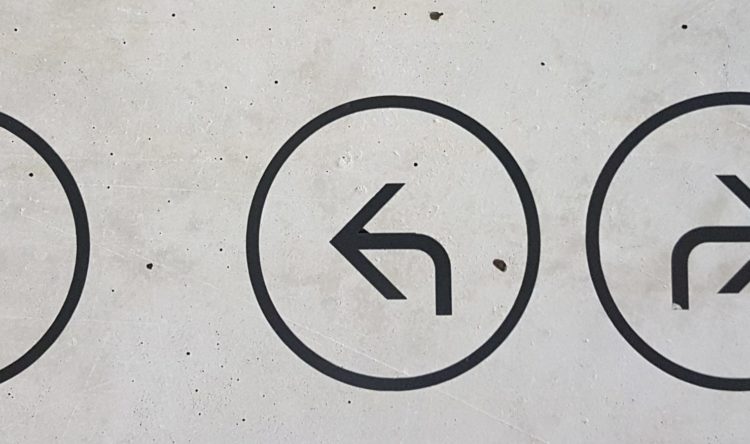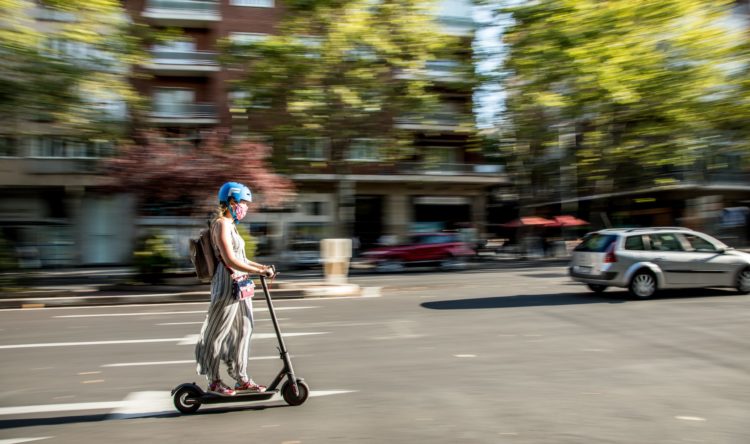What to do when traffic lights fail
British drivers have been advised on what to do when traffic lights get stuck on red or break completely.
Traffic lights are designed to control the flow of traffic on the roads and help keep motorists, pedestrians and cyclists safe when moving around.
But most drivers will have encountered a faulty traffic light at some point – and temporary lights are usually the main culprits.
So, before the relevant authorities have been contacted and alternatives have been put into place, it’s worth knowing how best to deal with the situation in order to keep traffic flowing.
Tim Alcock from LeaseCar.uk said: “First and foremost, you should make sure you’ve left plenty of time for the lights to change from red to amber, and you’re not just being impatient.
“Then, it mostly just comes down to common sense.
“If you’ve been sitting there for a good few minutes and it’s fairly obvious the lights aren’t going to change any time soon, you’ll have to make sure it’s safe to proceed.
“We’d recommend waiting around four minutes before opting to move forward.
“You should be able to see ahead of you quite clearly and ideally you’ll be able to see the other set of lights, or the back of them. Then try winding your window down a bit to try and hear if there are any vehicles moving in your vicinity.
“At this point it’d be a good idea to put your lights on – even if it’s broad daylight – and very cautiously start edging forward.”
Tim continued: “This can get a bit complicated if you’re at a T-junction for example, in which case it’d probably be best to treat the situation as you would an unmarked junction or crossroads, where nobody has priority over another.
“In this scenario, it’s the responsibility of every driver to approach with caution and cross safely whilst being considerate.
“When safe to do so, it’s always a good idea to report a broken or faulty traffic light – permanent or temporary – to the local authority. You can do this online on the Gov.uk website or go straight to your borough council’s website.
“A traffic light ID number can usually be found on a sticker or painted on the column too, which will help the authorities accurately locate the problem light.”





